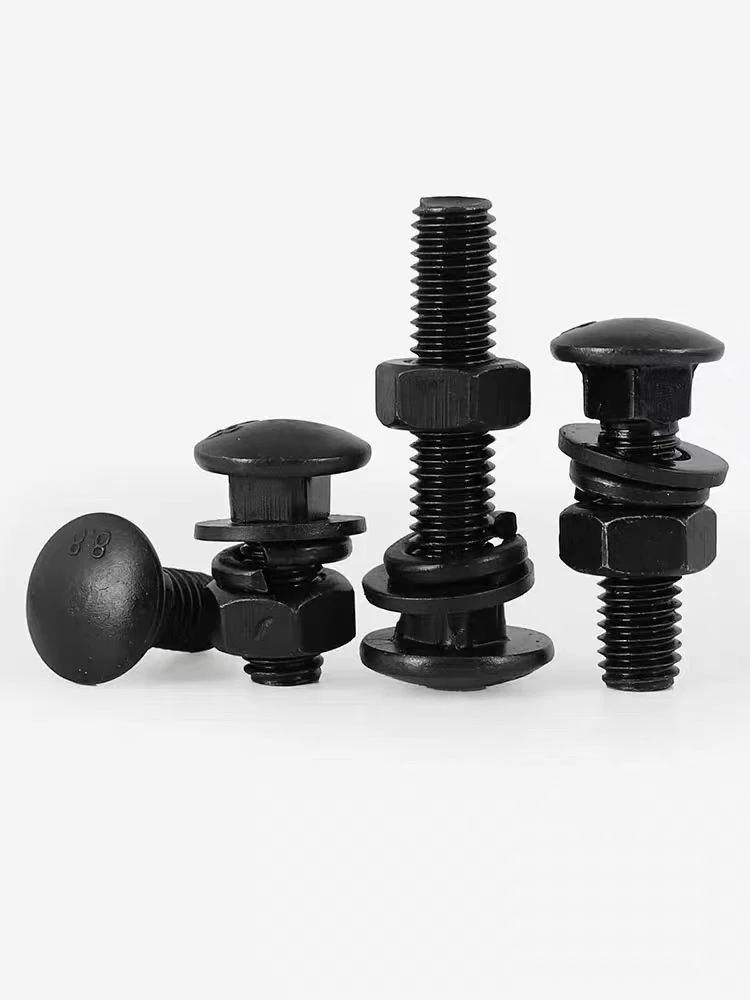

Understanding Countersunk Self-Drilling Screws and Their Applications in Construction Projects
Oct . 17, 2024 16:39 Back to list
Understanding Countersunk Self-Drilling Screws and Their Applications in Construction Projects
Understanding Countersunk Self-Drilling Screws A Comprehensive Overview
In the realm of construction and woodworking, the choice of fasteners plays a pivotal role in ensuring structural integrity and aesthetic appeal. Among the various types of screws available, countersunk self-drilling screws have gained popularity due to their unique features and advantages. This article delves into the intricacies of countersunk self-drilling screws, exploring their design, applications, benefits, and installation processes.
What are Countersunk Self-Drilling Screws?
Countersunk self-drilling screws combine two vital attributes they are designed to create their own hole (self-drilling) and feature a countersunk head that allows them to sit flush with the material surface. Typically made from durable materials such as steel or stainless steel, these screws come with a drill point at the tip. This drill point allows the screw to penetrate and cut through the substrate, eliminating the need for pre-drilling and enhancing the overall efficiency of installation.
The Design Features
The countersunk head design is essential as it allows for a smooth surface finish that minimizes snagging or trapping of debris. The angled head is designed to create a conical hole, which ensures that the screw sits flush with the material. This design feature is particularly advantageous in applications where aesthetics are critical or when a flat surface is needed for joining materials together seamlessly.
Self-drilling screws come in a variety of sizes, threads, and coatings to cater to different materials and environmental conditions. The common coatings include zinc plating for corrosion resistance and specialized coatings for specific applications, ensuring the longevity of the fasteners in various settings.
Applications of Countersunk Self-Drilling Screws
Countersunk self-drilling screws are versatile fasteners that find applications across diverse industries. Some of the common uses include
1. Construction These screws are frequently used in metal-to-metal and metal-to-wood applications, such as securing metal studs, brackets, and roof sheeting. Their self-drilling feature makes them ideal for use in steel construction, where precision is key.
2. Furniture Manufacturing In the furniture industry, countersunk screws help create a clean aesthetic in cabinets and tables, allowing surfaces to remain smooth and free of protruding fasteners.
3. Decking and Outdoor Projects With the need for weather-resistant fasteners, countersunk self-drilling screws are often used in decking applications where they are exposed to the elements, ensuring durability and integrity.
4. Automotive and Aerospace These screws are also found in automotive and aerospace applications, where lightweight and strong fasteners are essential for safety and performance.
Advantages of Countersunk Self-Drilling Screws
countersunk self drilling screws

The popularity of countersunk self-drilling screws can be attributed to several significant advantages
- Time Efficiency The self-drilling capability eliminates the need for pre-drilling, substantially reducing installation time, especially in large projects
.- Enhanced Aesthetics The countersunk head offers a clean finish, making it ideal for visible applications where appearance matters.
- Strong Hold The unique design allows for a deep and secure connection, making it suitable for structural applications that require a strong hold.
- Versatility With various sizes and coatings, countersunk self-drilling screws can be used in a wide range of materials, including wood, metal, plastic, and composite materials.
Installation Process
Installing countersunk self-drilling screws is straightforward. Here are the typical steps involved
1. Select the Right Screw Choose the appropriate size and type based on the materials and application.
2. Position the Materials Align the materials to be joined, ensuring they are stable.
3. Use a Power Tool A power drill or screwdriver can be used for effective installation, applying sufficient pressure to let the screw drill into the material.
4. Drive the Screw Maintain a steady pressure while driving the screw until the head is flush with the surface.
5. Check for Tightness Ensure that the screw is securely fastened without stripping the material.
Conclusion
Countersunk self-drilling screws are invaluable fasteners within various industries, marrying functionality with aesthetic appeal. Their unique design and installation efficiency make them a preferred choice for professionals and DIY enthusiasts alike. Whether in construction, furniture manufacturing, or specialized applications, understanding these fasteners can enhance project outcomes, ensuring both strength and beauty in the final product.
Latest news
-
Premium Fasteners Manufacturer | AI-Driven Solutions
NewsAug.01,2025
-
Hot Dip Galvanized Bolts - Hebei Longze | High Strength, Corrosion Resistance
NewsAug.01,2025
-
High-Strength Hot Dip Galvanized Bolts - LongZe | Corrosion Resistance, Custom Sizes
NewsAug.01,2025
-
Best Self Tapping Screws for Drywall - Fast & Secure Installation
NewsJul.31,2025
-
High-Strength Hot Dip Galvanized Bolts-Hebei Longze|Corrosion Resistance&Customization
NewsJul.31,2025
-
Hot Dip Galvanized Bolts-Hebei Longze Metal Products|Corrosion Resistance&High Strength
NewsJul.31,2025

